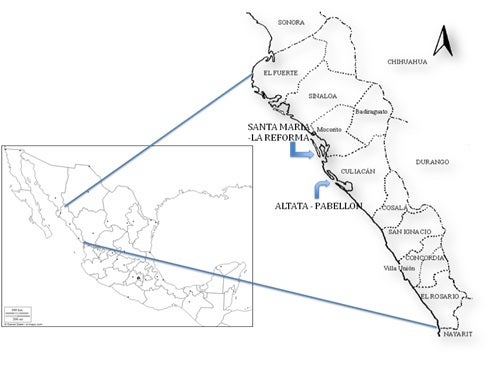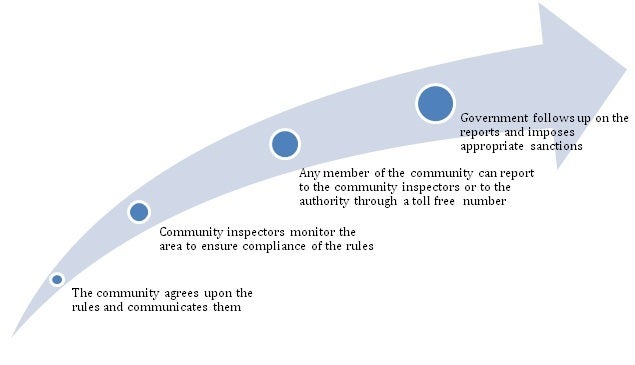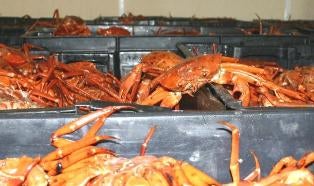After hundreds of dives around the Caribbean – and decades of “fish watching” – I thought there was nothing left in that part of the world to knock my socks off. Boy, was I wrong!
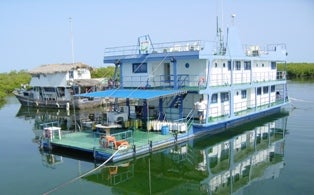
Tortuga floating hotel in Los Jardines de la Reina, Cuba
I have heard for years about the wonders of the Jardines de la Reina – the Gardens of the Queen – in southeastern Cuba, and so was prepared for better-than-average diving during a recent week of exploring opportunities for scientific research in the recently declared national park. Our base was the floating hotel, “Tortuga,” operated jointly by Cuba and the Italian company, Avalon.
I was totally unprepared for the sheer spectacle created by massive Goliath groupers, swarms of huge groupers and snappers, carpets of other reef fishes, and by the parade of sharks on every dive. Diving with free-swimming Goliath groupers – behemoths sometimes nearly the size of Volkswagens – is a never to be forgotten experience.

Dr. Doug Rader with a Goliath grouper in Cuba
Sharks are the calling card for the Gardens to divers from around the world: silky, Caribbean reef, blacktips, lemons and nurse sharks, plus the diving “holy grail” – whale sharks – the world’s largest sharks. During our week, divers hailed from Lithuania, Latvia, the UK, Germany and the US.
Whale sharks, in fact, create their own microcosms as they feed on zooplankton and herrings that are also eating the zooplankton attracting schools of small tuna called bonitos that in turn attract silky sharks and seabirds in a massive feeding orgy. Spotters find whale sharks by the birds picking up the leftovers. The week before we were there groups of divers saw whale sharks every day. Changing weather meant clearer water and better diving, but shifted the whale sharks away from our location – only one was sited our week, and not by us!
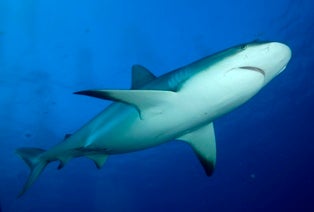
Caribbean reef shark
In addition to a variety of dives on different types of reef formations, we also spent many hours snorkeling. We examined every key habitat of the Gardens, from the nurseries formed by shallow-water mangroves and seagrass beds, to patch reefs and reef crests, and then to fore reefs and coral canyons and walls.
Each new habitat added to a list of fishes that by week’s end numbered 124 species. Actually, we did no night diving or snorkeling, and so missed a whole element of fish diversity which hides under coral heads during the day. Also, I realized at the end of the trip that I had failed to notice many species because the large fishes distracted me. Cuban scientists in the Gardens suggested that many of the smaller fish we are used to seeing during the day in the more depleted reefs around the Caribbean are also there, but must spend more time hiding under the corals given the huge abundance of predators! Makes sense to me.
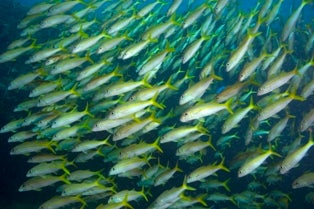
A carpet of reef fish
The one “downer” we encountered was the amazing prevalence of invasive Pacific red lionfishes, which we saw on nearly every dive and snorkel, regardless of depth, and regardless of habitat type. While the impact of these voracious predators armed with poisonous spines remains unknown, it cannot be good to have so many on the reefs and in the shallows. On one dive, I counted 22 lionfish and one of my colleagues counted 23. Apparently, many foreigners like to see them, unaware of the challenge to the reef – the bellwether for a future full of changing animal populations as oceans warm and acidify – that they may represent.
All in all, our EDF team returned both awed at the beauty found in this remote location, but also energized by the potential for restoration of fish populations that a combination of proper management of marine parks and effective fisheries management represent. Given the fact that most of these reef species have life histories that reach all the way across the continental shelf, the third piece of the puzzle, of course, must be effective coastal zone management – more about that later!










